Big cats, often revered for their beauty and power, possess an array of skills that make them supreme predators in the wild. These majestic creatures, ranging from the elusive leopard to the mighty lion, use a combination of intelligence, stealth, and strength to outsmart their prey. For cat enthusiasts and wildlife lovers, understanding the cunning strategies of big cats adds a layer of admiration for these fascinating animals. Let’s delve into the ten remarkable ways these felines outsmart their prey.
Mastering the Art of Stealth

Big cats are the undisputed masters of stealth. Their ability to move silently through their habitats is nothing short of incredible. This stealth is crucial when stalking prey, allowing them to get close without being detected. Picture a leopard, its spotted coat blending seamlessly with the dappled light of the forest floor. This natural camouflage, combined with their silent movement, gives them a significant advantage. They often crouch low, using vegetation as cover, inching ever closer to their unsuspecting target.
The Power of Patience
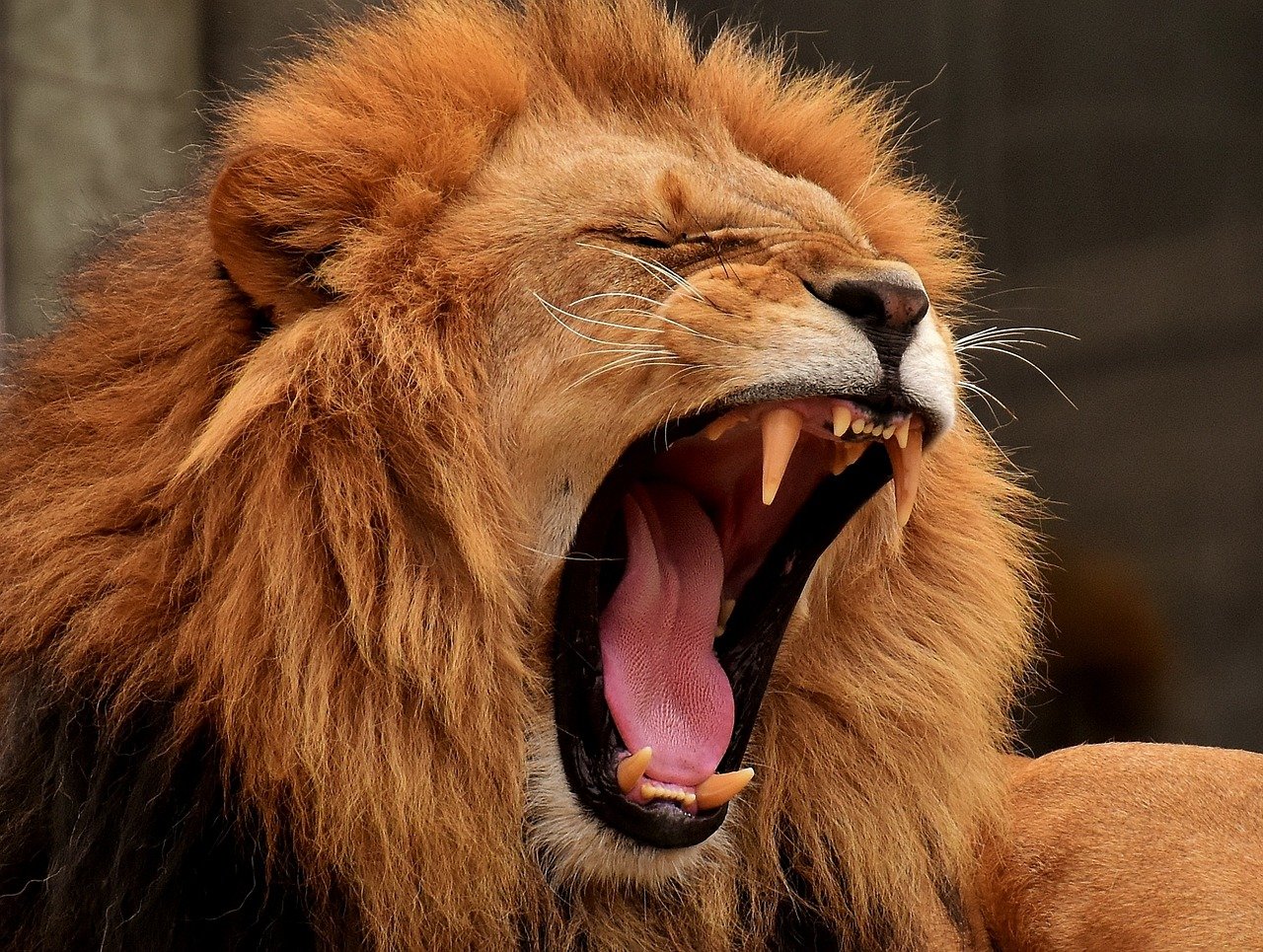
Patience is a virtue, especially in the wild. Big cats exhibit remarkable patience when hunting. They wait for the perfect moment to strike, often lying in wait for hours. This patience ensures they expend minimal energy while maximizing their chances of a successful hunt. A lioness, for instance, may watch a herd of antelope from afar, waiting for one to stray from the group. This strategic waiting game often pays off, demonstrating the big cats’ ability to plan and execute with precision.
Using the Element of Surprise

Surprise is one of the most effective tools in a big cat’s arsenal. By catching their prey off guard, they increase their chances of a successful capture. Cheetahs, the fastest land animals, rely heavily on surprise. Their speed is unmatched, but it’s their sudden burst from cover that often seals the deal. In a blink of an eye, what seemed like a peaceful day for a gazelle turns into a race for life. This element of surprise is a testament to the big cats’ strategic prowess.
Understanding Prey Behavior
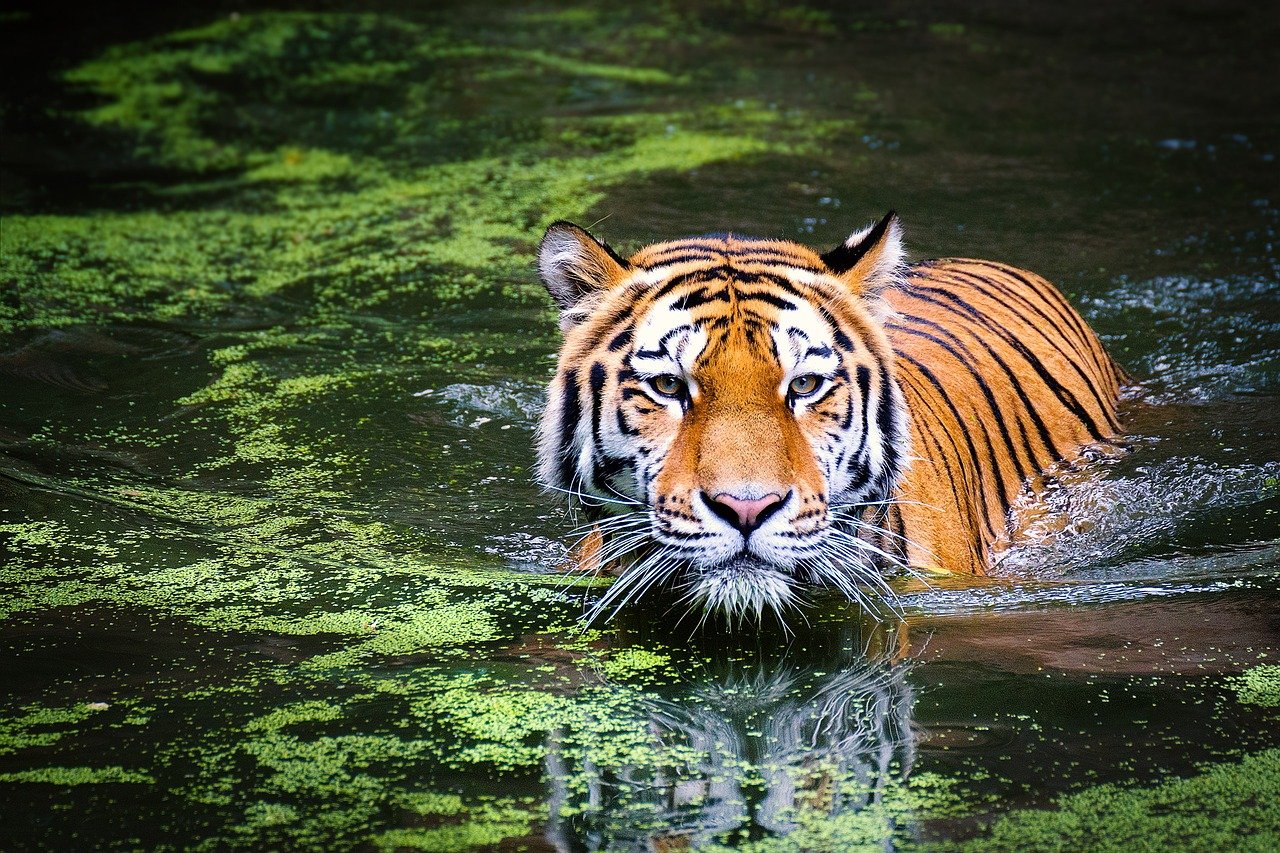
Big cats have an uncanny ability to understand the behavior of their prey. By observing their habits and routines, they can anticipate movements and plan their attack accordingly. Jaguars, for instance, are known to hunt near water bodies where prey like capybaras and caimans frequent. By understanding their prey’s need for water, jaguars position themselves to take advantage of these essential visits. This knowledge of prey behavior showcases the intelligence of big cats in their natural environment.
Adapting to Diverse Environments
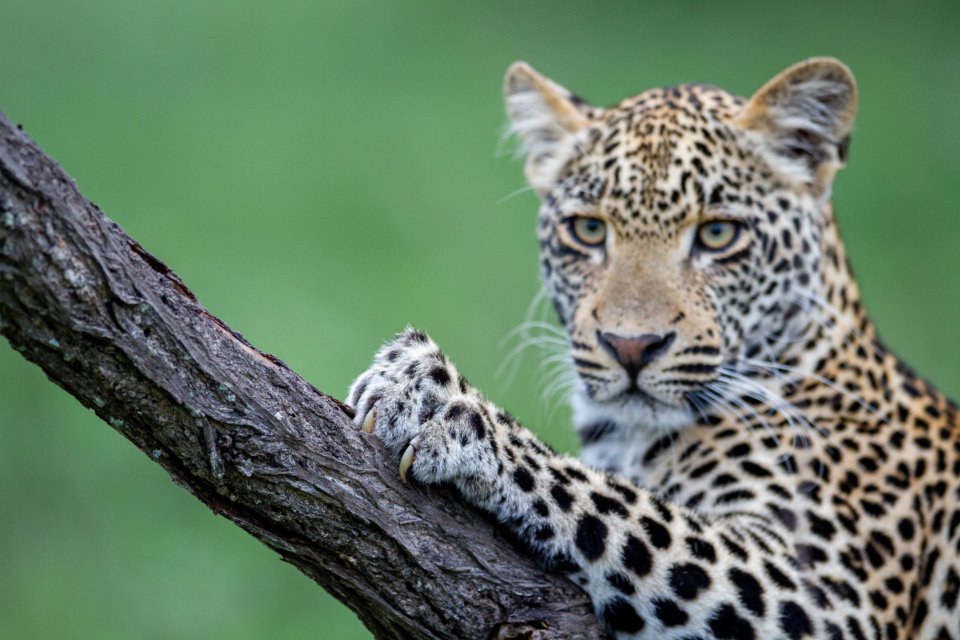
Adaptability is key for survival in the wild. Big cats thrive in a wide range of environments, from dense jungles to arid deserts. Each habitat presents unique challenges, requiring different hunting strategies. Snow leopards, for example, navigate the treacherous terrains of the Himalayas with ease. Their thick fur keeps them warm, while their wide paws act like snowshoes, allowing them to move quickly in snow. This adaptability highlights their ability to outsmart prey regardless of the setting.
Cooperative Hunting Techniques
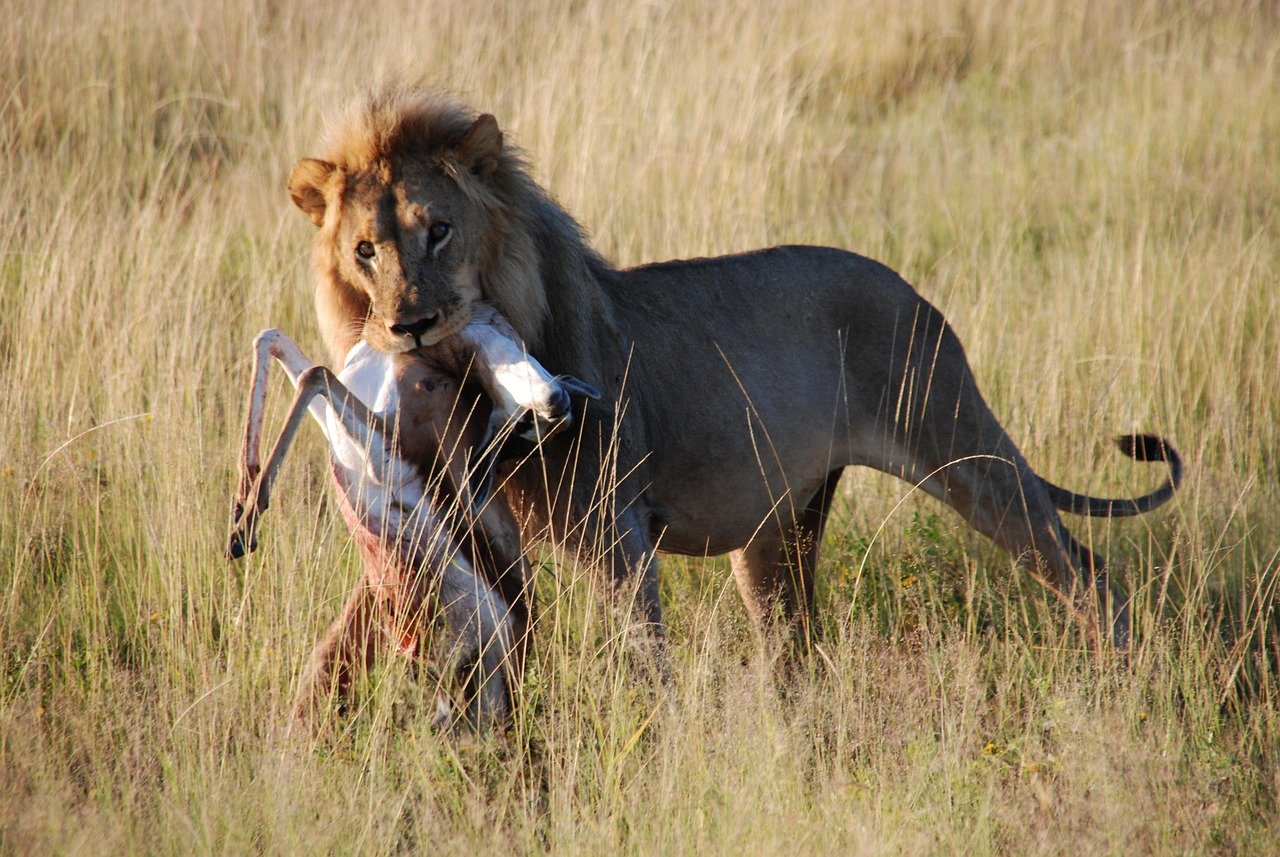
While many big cats are solitary hunters, some species, like lions, have developed cooperative hunting techniques. Lions often hunt in prides, using teamwork to bring down larger prey. This cooperation involves careful coordination, with some lions driving the prey towards others lying in ambush. This group strategy increases the likelihood of a successful hunt and showcases their ability to work together. This collaboration is a fascinating aspect of their hunting prowess.
Reading the Weather

Big cats also use weather conditions to their advantage. They can sense changes in the weather and adjust their hunting strategies accordingly. For instance, a sudden downpour can mask their scent, making it easier to approach prey undetected. Tigers in rainforests are known to hunt more actively during rains, using the noise of raindrops as cover. This ability to read and adapt to weather conditions further exemplifies their strategic intelligence.
Exploiting Weaknesses
Every prey has a weakness, and big cats are experts at exploiting these vulnerabilities. Whether it’s targeting the young, sick, or isolated individuals, these predators know how to identify and capitalize on weaknesses. Leopards, for instance, often target smaller or weakened animals, ensuring a higher success rate. This keen awareness of prey vulnerability reflects their tactical acumen and survival instincts.
Using Sound and Silence

Sound plays a critical role in the hunting strategies of big cats. They use both sound and silence to their advantage. While stealth requires silence, big cats can also use vocalizations to startle or confuse prey. A lion’s roar, for example, can instill fear and panic, causing prey to scatter and become vulnerable. This dual use of sound demonstrates their ability to manipulate their environment to their advantage.
Learning and Adapting
Big cats are not only intelligent but also capable of learning from experience. They observe, learn, and adapt their strategies based on past hunts. A failed attempt does not deter them; instead, it becomes a learning opportunity. This adaptability is evident in many big cats, such as the cheetah, which may change its approach if a particular strategy fails. This continuous learning process ensures they remain effective hunters throughout their lives.
Maintaining Stamina
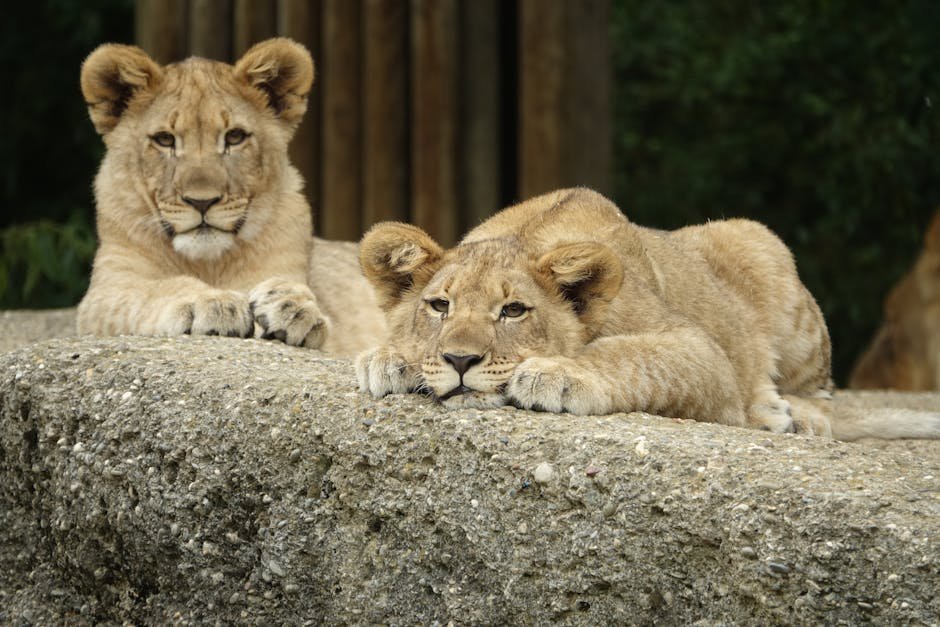
Stamina is crucial for big cats, especially during long chases. They know when to conserve energy and when to expend it. Cheetahs, for instance, may not have the endurance for long chases, but they conserve energy for short, explosive sprints. This strategic energy management ensures they can sustain their hunting efforts without exhaustion. Such stamina and energy control are vital aspects of their hunting success.
Perfecting the Pounce
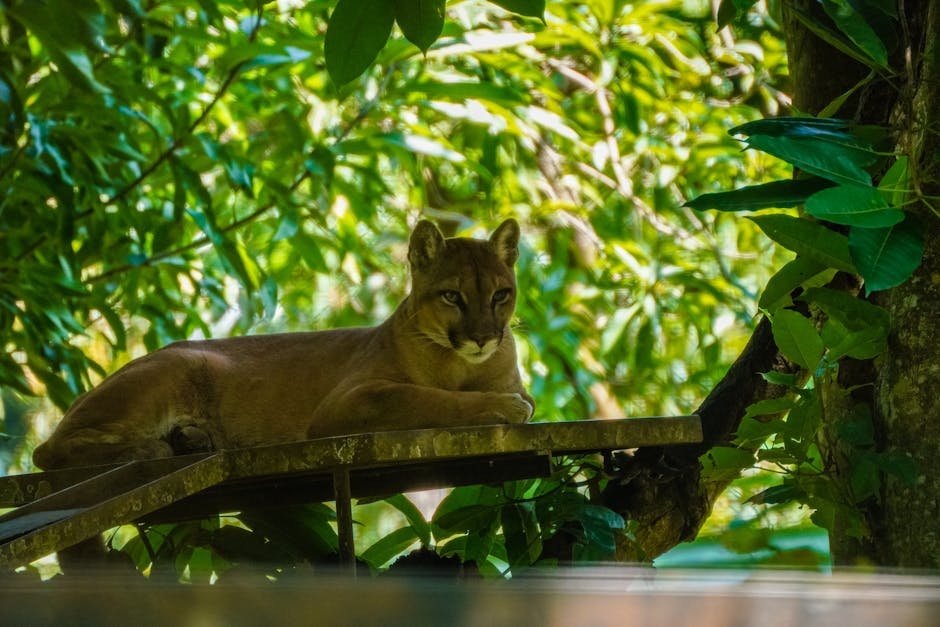
The pounce is the culmination of a big cat’s hunting strategy. It’s a skill honed over time, perfected through practice and instinct. The leap of a cougar or the spring of a tiger is a sight to behold, showcasing their strength and agility. This final act of the hunt is executed with precision, ensuring a swift and effective capture. The pounce is the ultimate demonstration of their predatory prowess.
Camouflage and Concealment
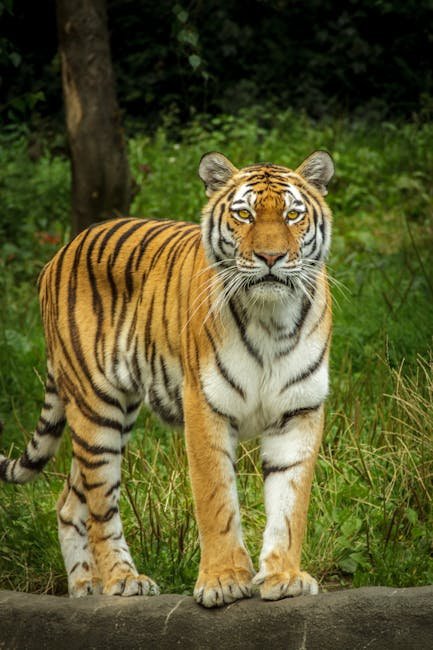
Camouflage is a vital tool in a big cat’s hunting arsenal. Their coats are often patterned to blend with their environment, providing excellent concealment. Tigers, with their striped coats, blend seamlessly into the tall grasses of their habitats. This natural disguise allows them to get incredibly close to their prey before launching an attack. Camouflage and concealment are essential elements of their hunting strategy, allowing them to remain unseen until the last moment.
Understanding Territory
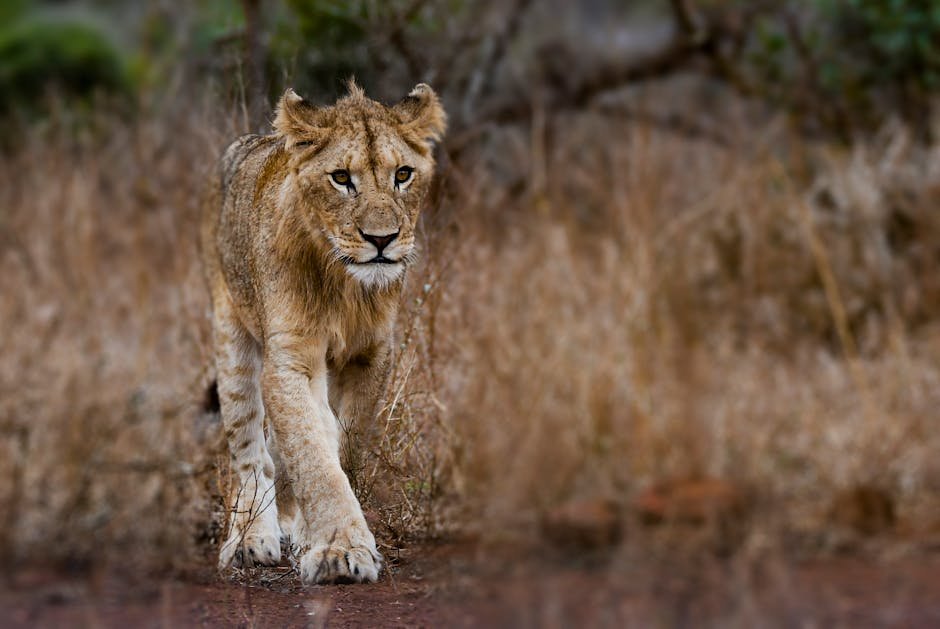
Territorial knowledge is another advantage big cats possess. They are intimately familiar with their hunting grounds, knowing the best spots to find prey and where to lay in wait. This understanding of territory allows them to navigate efficiently and plan their hunts with precision. Leopards, for instance, have specific routes they follow, ensuring they cover areas frequented by prey. This territorial familiarity enhances their ability to outsmart prey time and again.
Embracing Night Vision
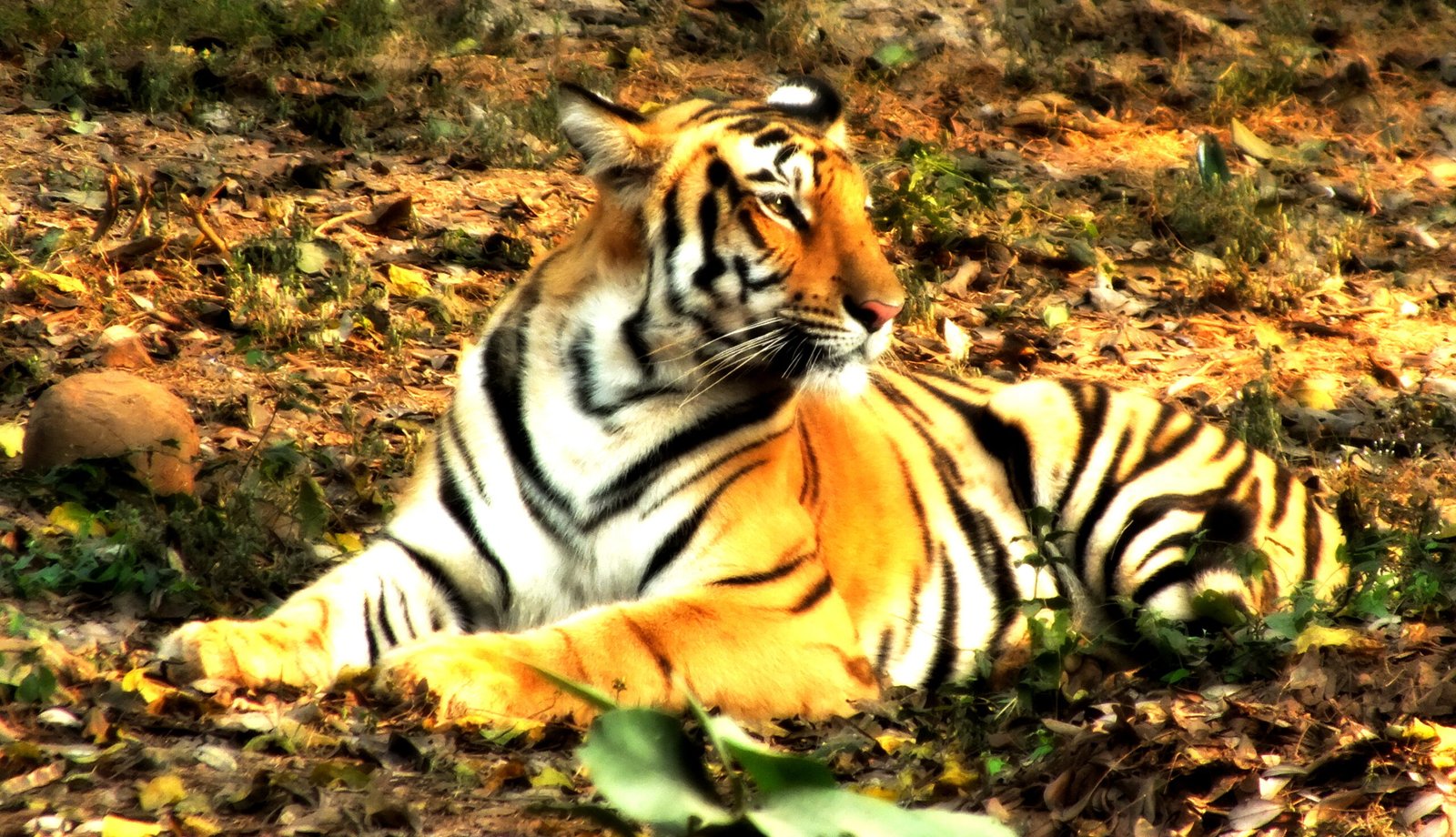
Many big cats are nocturnal hunters, taking advantage of their superior night vision. This adaptation allows them to hunt effectively in low-light conditions when many prey animals are more vulnerable. Lions, for instance, often hunt under the cover of darkness, using their keen eyesight to spot prey. This ability to see in the dark gives them an edge, making them formidable hunters even when the sun goes down.
Using the Wind
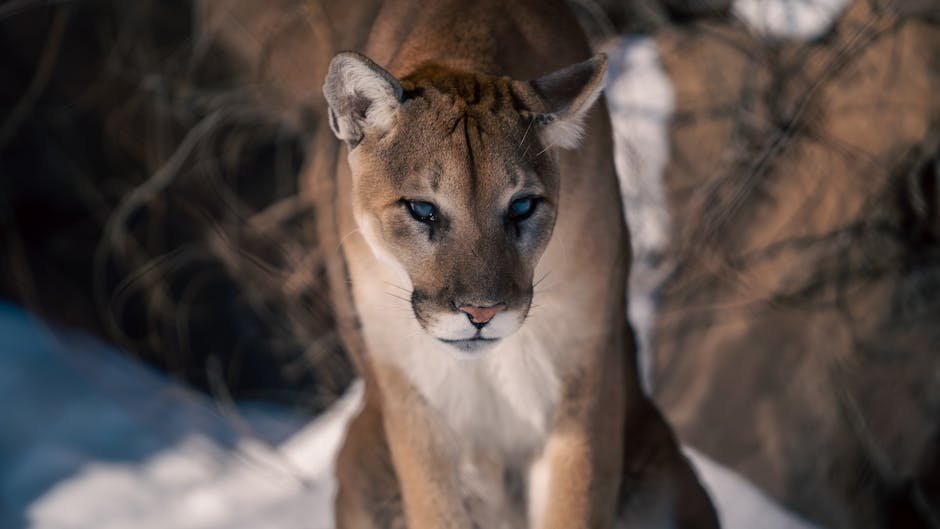
Wind direction is a crucial consideration for big cats when hunting. By approaching prey from downwind, they ensure their scent does not give them away. This awareness of wind direction is a sophisticated aspect of their hunting strategy, showcasing their understanding of how scent can alert prey. By using the wind to their advantage, big cats can get closer to their target without detection.
Capitalizing on Water Sources
Water sources are hotspots for prey, and big cats know this well. By positioning themselves near rivers, lakes, or watering holes, they increase their chances of encountering prey. Jaguars, for instance, are adept swimmers and often hunt in and around water bodies. This strategic positioning near water sources exemplifies their ability to use environmental features to their advantage.
Ambush Tactics
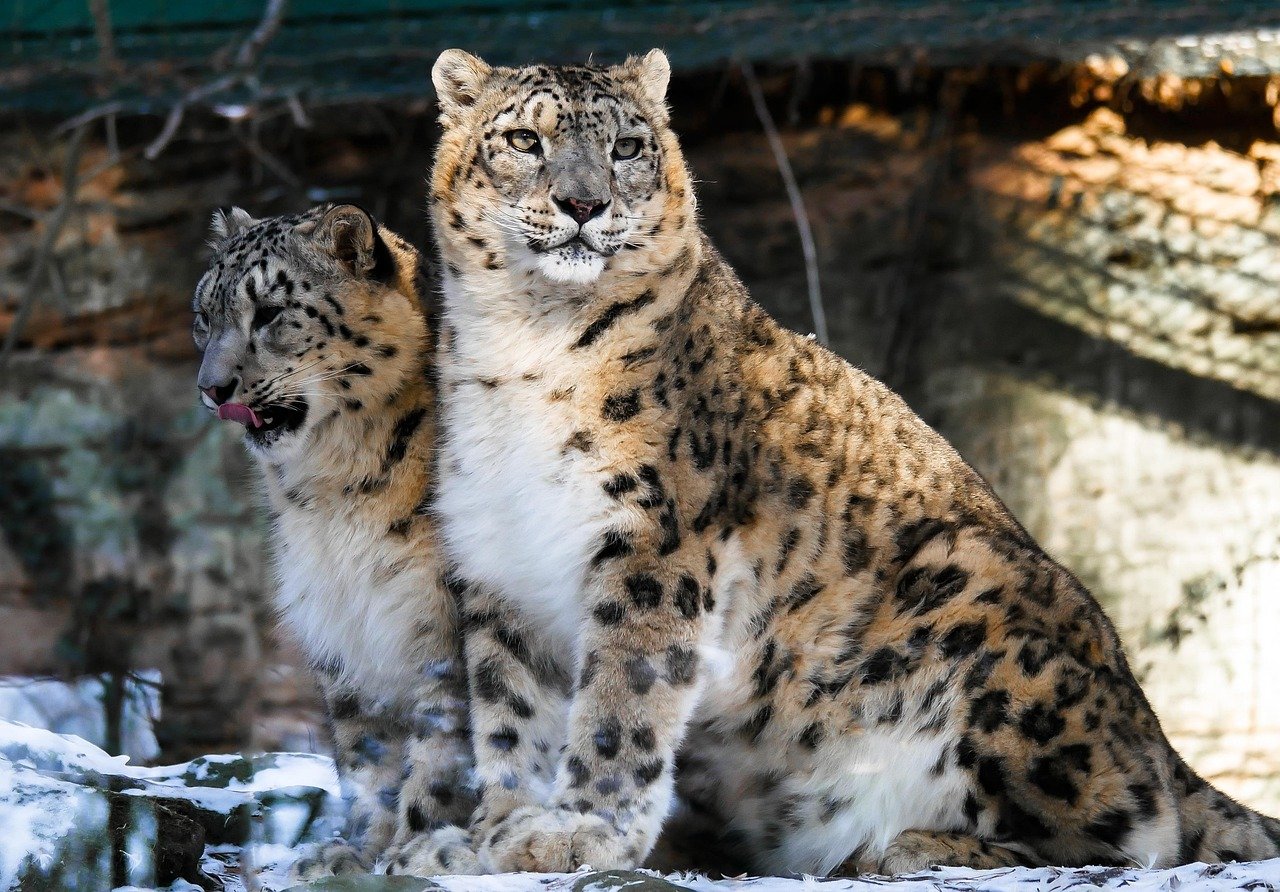
Ambush tactics are a hallmark of many big cat hunting strategies. By lying in wait and striking at the opportune moment, they catch prey off guard. Snow leopards, for instance, use the rocky terrain of their mountain habitats to their advantage, leaping down on unsuspecting prey from above. This ambush style of hunting is a testament to their patience and strategic planning.
Speed and Agility

Speed and agility are critical components of big cats’ hunting techniques. Cheetahs are the epitome of this, reaching speeds of up to 70 miles per hour in short bursts. This incredible speed, combined with their agility, allows them to outrun and outmaneuver prey. Speed and agility are not just about physical prowess but also about timing and execution, ensuring a successful capture.
Blending with the Environment
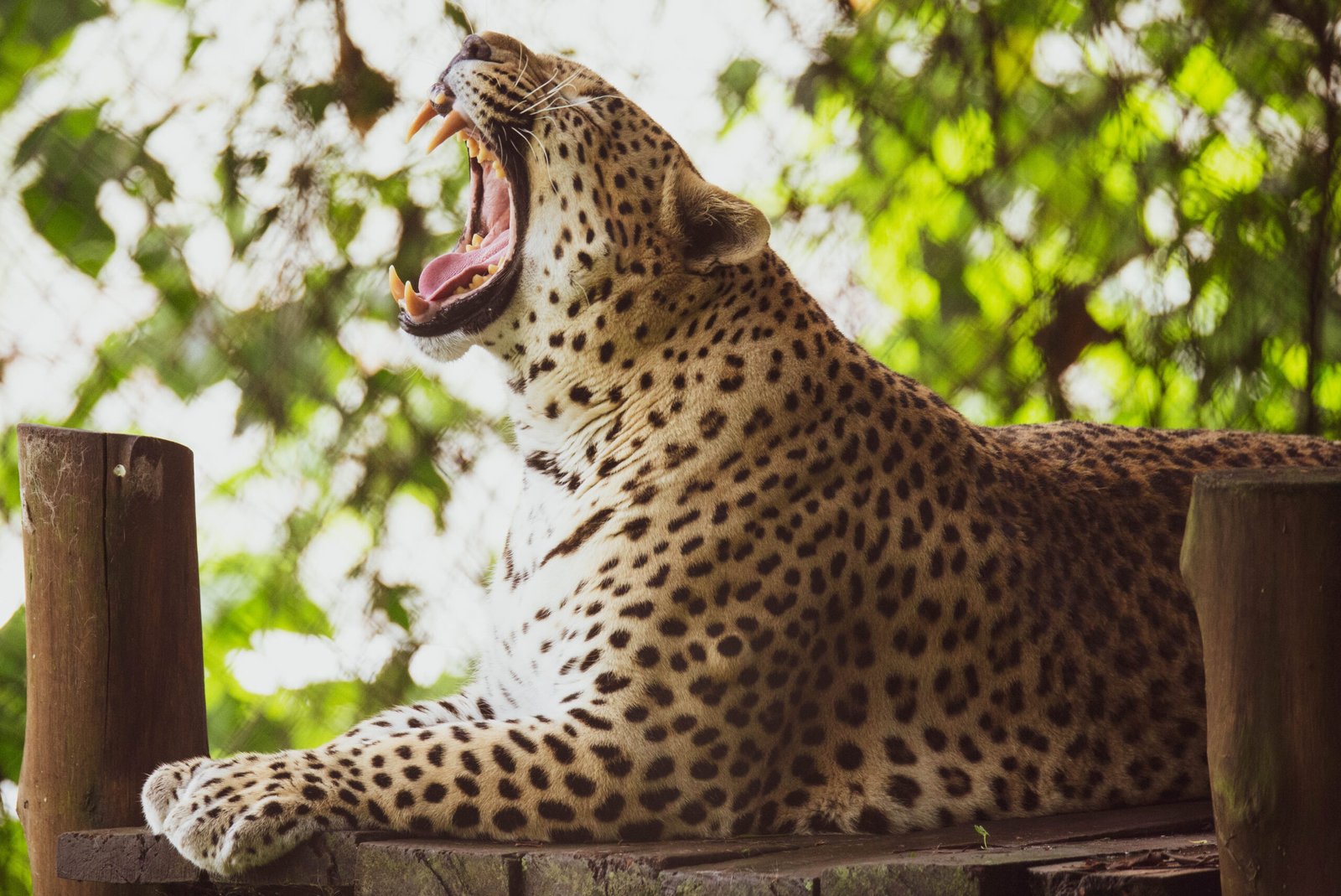
Big cats have evolved to blend seamlessly with their environments, aiding in their hunting success. Whether it’s the tawny coat of a lion in the savanna or the rosettes of a jaguar in the rainforest, this natural camouflage is vital. It allows them to remain hidden until the perfect moment to strike, highlighting their evolutionary adaptation to their surroundings.
In conclusion, big cats are not only powerful predators but also intelligent and strategic hunters. Their ability to outsmart their prey through a combination of stealth, patience, and adaptability is a testament to their mastery of the animal kingdom. These remarkable creatures continue to captivate and inspire awe, as they demonstrate the art of survival with unmatched grace and cunning.
Hi, I’m Bola, a passionate writer and creative strategist with a knack for crafting compelling content that educates, inspires, and connects. Over the years, I’ve honed my skills across various writing fields, including content creation, copywriting, online course development, and video scriptwriting.
When I’m not at my desk, you’ll find me exploring new ideas, reading books, or brainstorming creative ways to solve challenges. I believe that words have the power to transform, and I’m here to help you leverage that power for success.
Thanks for stopping by, Keep coming to this website to checkout new articles form me. You’d always love it!





